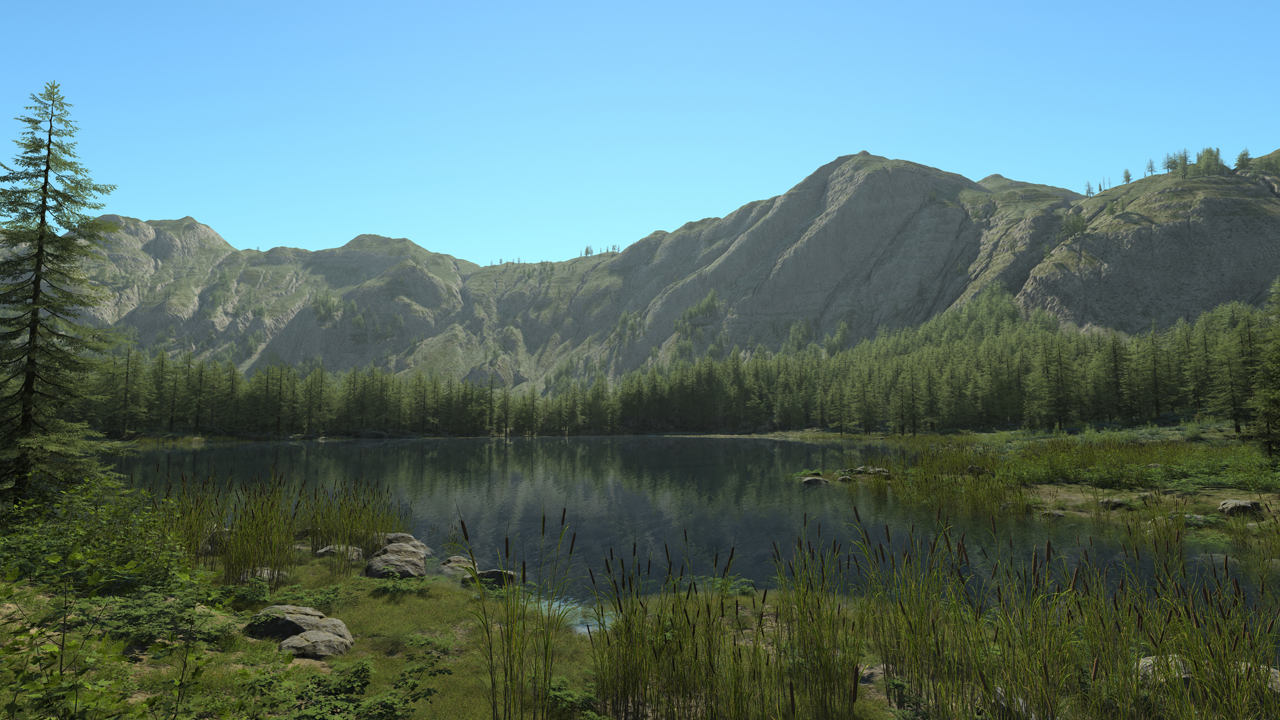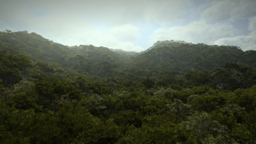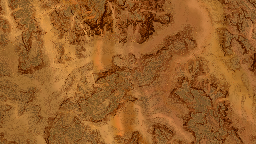 Waterbodies
Waterbodies
Waterbody documents enable you to create water areas using curve points. You will then be able to control the sculpting of the waterbody, the water rendering effect to apply to the water surface, as well as soil and vegetation specifications for both the seabed and the shoreline of your waterbody.

This documentation will be divided between the following steps :
- Creating a waterbody : How to create a waterbody using curve points.
- Sculpting the waterbody contours : How to sculpt the terrain with your waterbody.
- Setting up the water rendering : Chosing the rendering of your water.
- Specifying the seabed : Specifying the seabed and shoreline.
- Creating islands : Creating islands.
Creating a waterbody |






